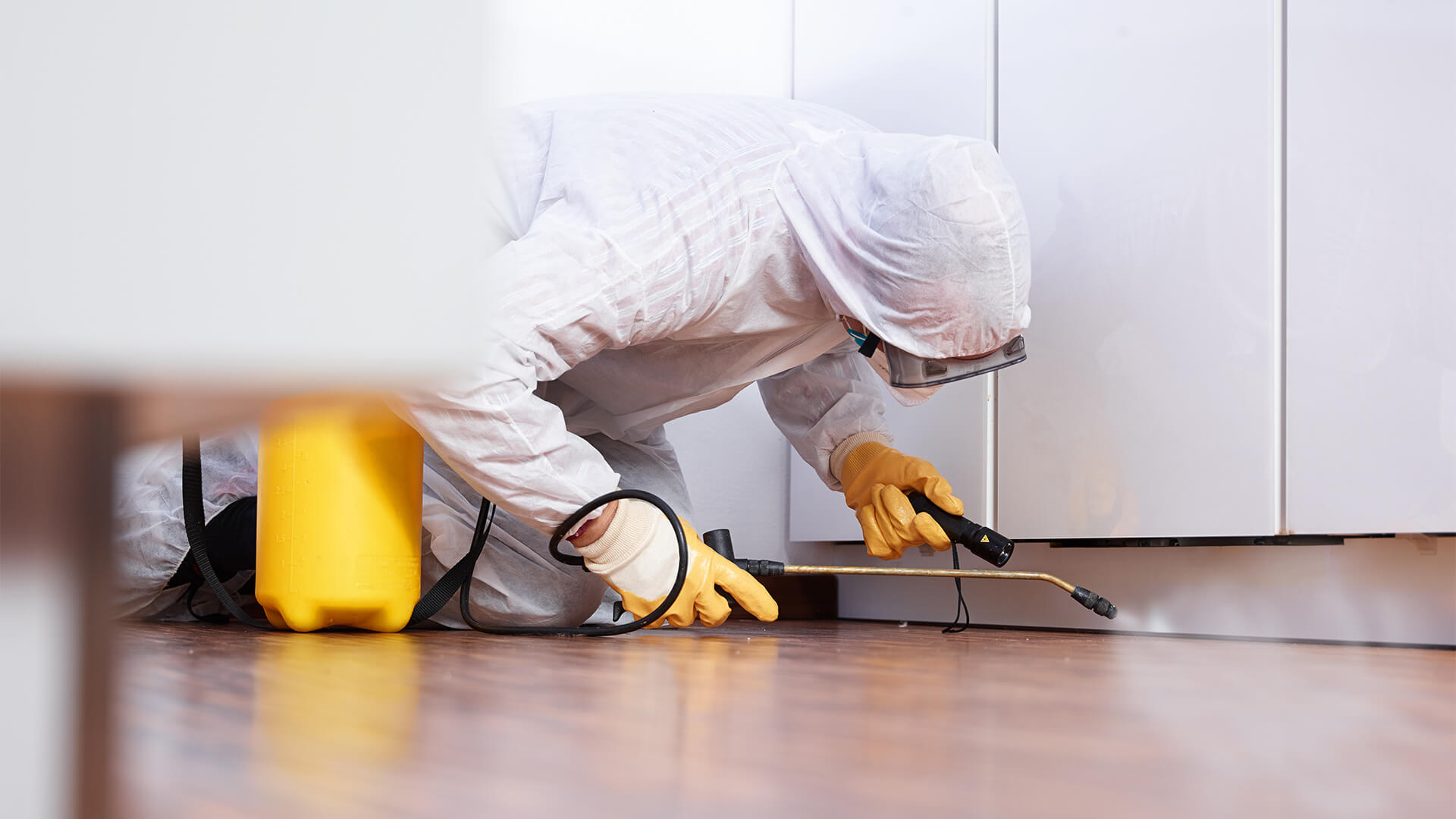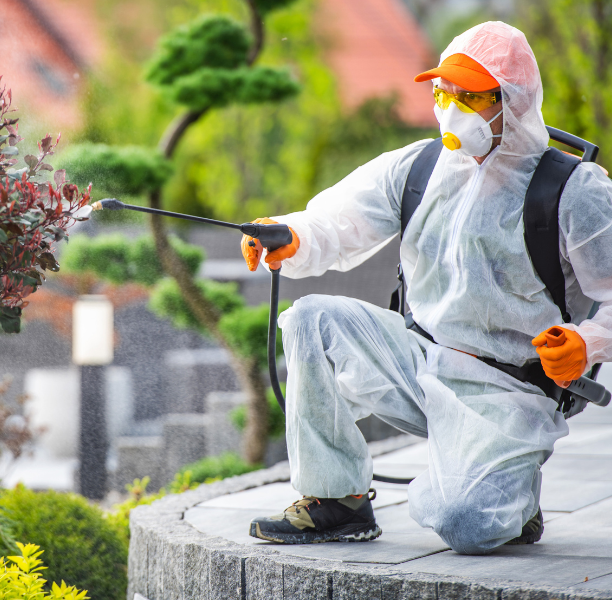Safe and Reliable Parasite Control for Lasting Security
Efficient insect administration needs a diverse method that stabilizes environmental integrity with the requirement for effective insect suppression. The subtleties of these approaches may not be promptly clear, motivating a better examination of the techniques that can lead to sustainable parasite control results.
Recognizing Pest Control Approaches
Pest control includes a range of techniques focused on managing and getting rid of unwanted bugs and rodents that can intimidate both health and wellness and home. Understanding these techniques is important for effective pest management.
The key categories of pest control approaches include mechanical, organic, and chemical methods. Mechanical techniques entail physical obstacles and catches to stop insect entry and capture undesirable types. For example, using displays on home windows or employing sticky traps can substantially lower bug populaces without presenting hazardous substances.

Chemical insect control is often the most identified method, utilizing chemicals to get rid of parasites. These chemicals can be reliable yet must be used with caution to stay clear of unfavorable impacts on non-target types and the setting.
Benefits of Eco-Friendly Solutions
How can green solutions change parasite control practices? The adoption of environmentally friendly insect control techniques provides countless benefits, dramatically boosting the effectiveness and safety and security of pest management.

Another benefit is the positive influence on regional biodiversity. Eco-friendly solutions are developed to target particular pests while protecting useful bugs and wildlife, advertising a well balanced community. This method aligns with the expanding customer demand for sustainable practices, boosting the track record of pest control suppliers.
Integrated Pest Management Techniques
The application of eco-friendly remedies normally brings about the adoption of Integrated Bug Administration (IPM) methods, which better improve parasite control effectiveness. IPM is a holistic technique that incorporates multiple methods to handle insect populaces while reducing ecological effect. This technique emphasizes using biological, cultural, mechanical, and chemical controls, making sure a sustainable and well balanced method of pest administration.
One basic element of IPM is the extensive analysis of insect activity and ecological problems. By keeping an eye on parasite populations and recognizing their life cycles, specialists can execute targeted interventions that interfere with the insect's habitat or lifecycle, decreasing reliance on chemical pesticides. In addition, cultural practices such as crop turning and habitat manipulation can substantially diminish parasite facility and recreation.
An additional critical element is the usage of organic control representatives, such as advantageous insects or click site microbes, which can naturally subdue parasite populaces. When chemical applications are needed, IPM focuses best outdoor pest control on the usage of low-risk pesticides and applies them precisely, minimizing direct exposure to non-target organisms and people.
Incorporating IPM techniques not just improves insect control efficiency yet also advertises a much safer ecological community, straightening with the expanding demand for sustainable practices in parasite administration.
Safe Practices for Property Owners
Comprehending the significance of safe techniques in insect control can empower home owners to effectively manage insect problems while securing their health and the setting. Carrying out non-toxic methods and preventative steps is critical in decreasing exposure to unsafe chemicals.
House owners ought to initially evaluate their environment for problems that attract bugs, such as standing water, food, and clutter waste. Routinely cleansing and sealing entrance points can hinder parasites from invading the home. Utilizing all-natural deterrents, such as important oils or diatomaceous earth, can provide efficient alternatives to chemical pesticides.
When chemical therapies are required, house owners ought to choose items that are especially identified as secure for property use. It is important to follow application guidelines thoroughly to prevent too much exposure. In addition, utilizing targeted therapies in areas where bugs are determined, rather than blanket splashing, can dramatically decrease chemical use.
Lastly, maintaining open interaction with insect control experts is crucial. Homeowners should ask about the safety of items made use of and demand eco-friendly options whenever feasible. By embracing these risk-free practices, house owners can create a healthier living environment while successfully handling pest issues.

Tips for Long-Term Protection
Establishing a pest monitoring strategy that stresses long-term protection can significantly boost the performance of the safe techniques previously reviewed. To accomplish this, homeowners should execute normal inspections of their residential or commercial property, concentrating on why not try here concealed locations such as attic rooms, cellars, and crawl areas. Early discovery of pest activity is crucial in protecting against infestations from taking hold.
In addition, keeping a clean environment is important. This includes proper food storage, promptly cleaning up spills, and regularly getting rid of rubbish. These techniques lower attractants that attract pests right into the home. In addition, securing access factors, such as cracks around doors and windows, can properly block potential bug access.
Landscaping ought to also be considered; keeping plants trimmed and keeping a distance in between plant life and the home reduces hiding areas for parasites. Using all-natural deterrents, such as vital oils or diatomaceous planet, can further discourage problems without turning to extreme chemicals.
Lastly, teaming up with a professional insect control service for regular evaluations can provide an extra layer of safety and security. These experts can offer tailored suggestions and advanced treatments, making sure that your home remains safeguarded against bugs in the lengthy term.
Conclusion
Finally, reliable and safe parasite control requires a multifaceted method that emphasizes environmentally friendly methods and integrated bug monitoring. By implementing natural deterrents, conducting routine evaluations, and preserving correct hygiene, homeowner can considerably lower bug populations while safeguarding helpful bugs and the setting. Collaboration with expert parasite control solutions improves the performance of these techniques, ensuring customized services that supply enduring security and comfort against future infestations.
Reliable pest monitoring calls for a multifaceted approach that balances ecological integrity with the need for effective bug reductions. The adoption of eco-friendly parasite control approaches provides numerous advantages, significantly improving the efficiency and safety and security of bug administration.The execution of environmentally friendly solutions normally leads to the adoption of Integrated Insect Management (IPM) strategies, which better enhance insect control efficiency. exterminator coquitlam. By monitoring parasite populations and identifying their life cycles, experts can execute targeted treatments that interfere with the pest's habitat or lifecycle, lowering dependence on chemical pesticides.In verdict, safe and reliable bug control calls for a complex approach that stresses environment-friendly methods and integrated pest administration